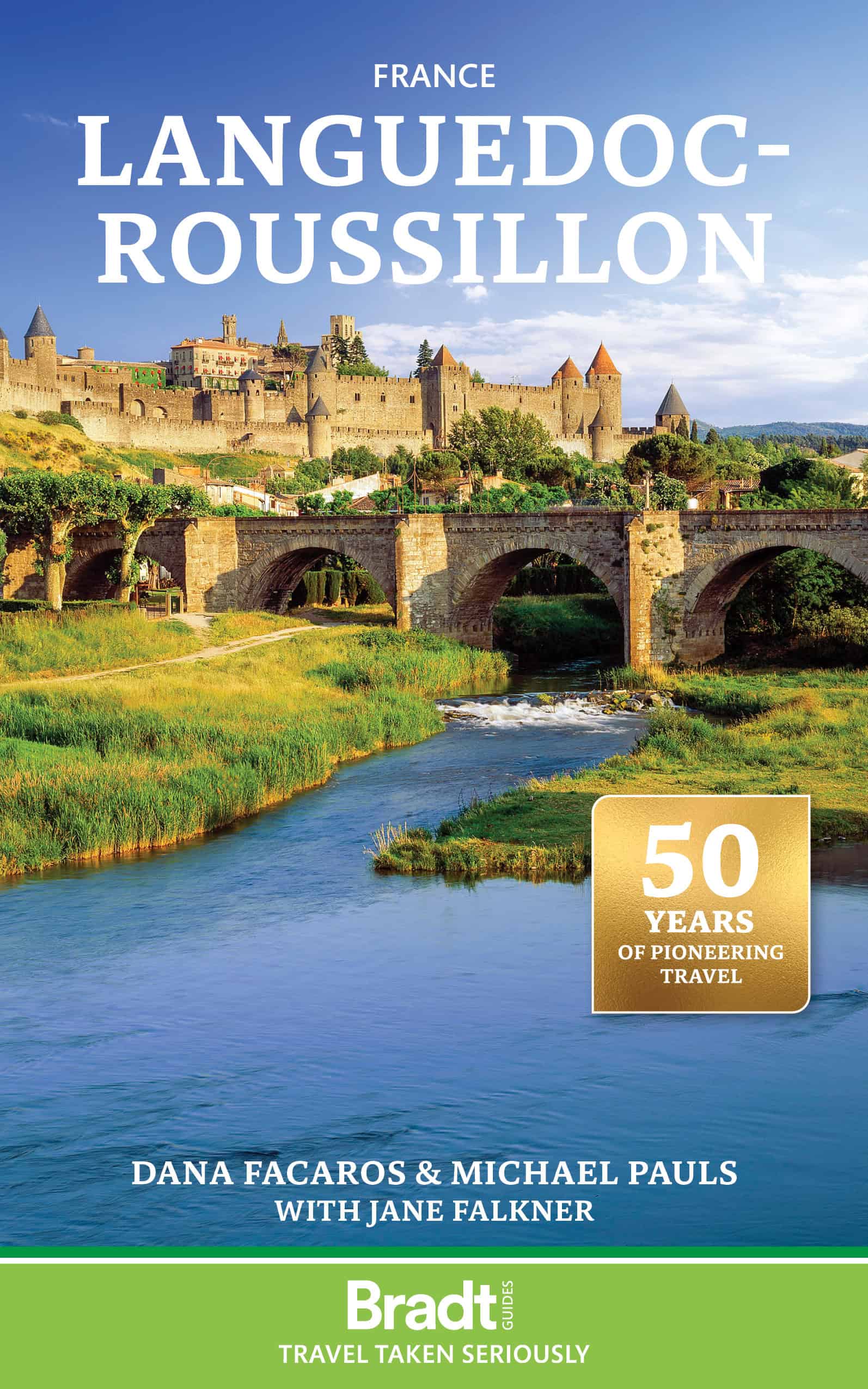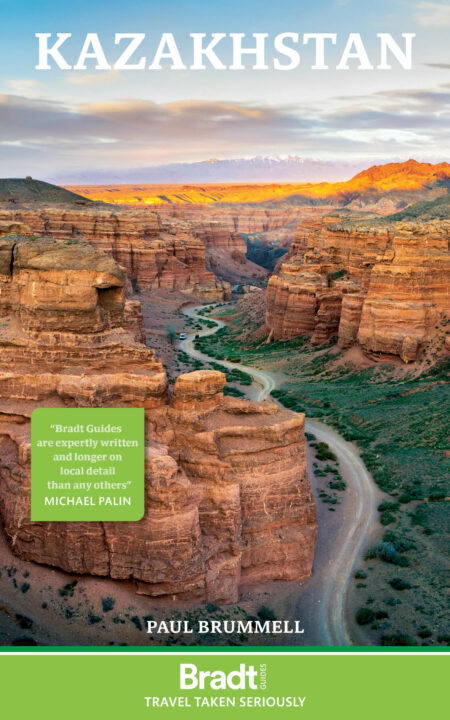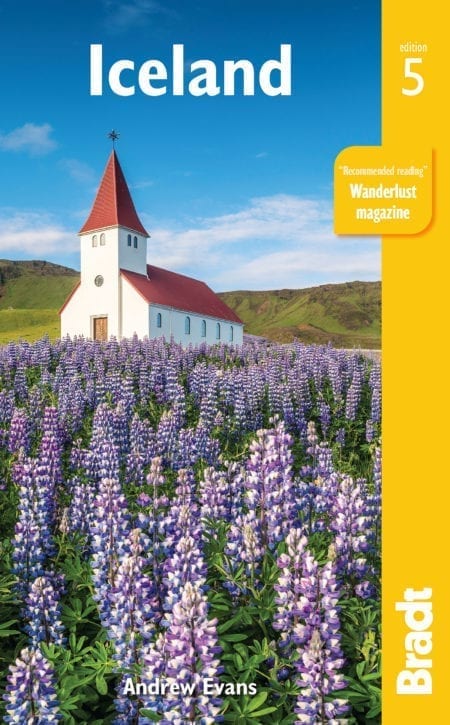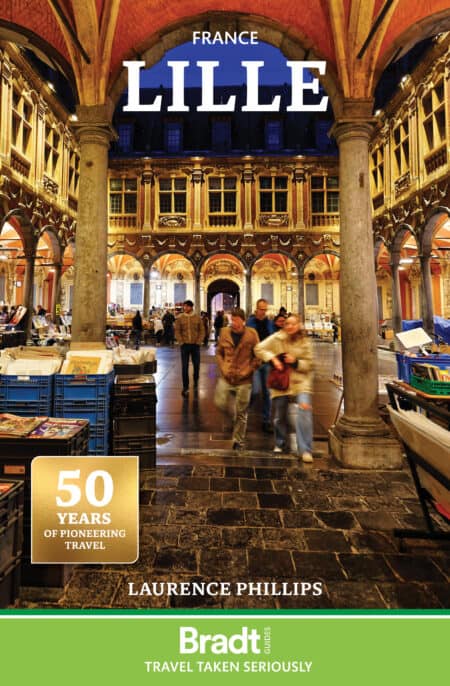France: Languedoc-Roussillon (ebook)
Publication Date: 03rd Oct 2025
£15.99
Languedoc-Roussillon travel guide. Holiday advice and travel tips for Occitanie in southwest France. Features Cathar castles, Canal du Midi, Pont du Gard, Nîmes, Carcassonne, Montpellier, Perpignan, Narbonne and the Cévennes. Covers accommodation, hiking, watersports, wine, history, culture, food, city breaks, wildlife, beaches and dark skies.
Edition: 1
Number of pages: 312
About this book
New from Bradt is France: Languedoc-Roussillon, which celebrates in intimate detail the Occitanie, a charming region full of easily accessible contrasts in southwest France. Three local residents share their extensive, in-depth knowledge of the area, covering both well-known attractions and off-the-beaten-path delights. Expertly researched and with exemplary attention to detail, engaging writing and great ideas blend to furnish the perfect travel companion.
From exploring Cathar castles to drifting down the Canal du Midi, from a bustling city break in vibrant Montpellier, Perpignan or Narbonne to an entrancing wander around the UNESCO World Heritage Site of Carcassonne, Languedoc-Roussillon offers ample destinations for anyone looking for a slick cosmopolitan adventure, with the endless delights of regional food, wine and culture thrown in liberally around every corner.
If slow travel, sustainable tourism and the call of the wild are more your scene, you’ll find plenty to enchant you, from looking for wolves and bison, or going white-water rafting, to hiking along ‘Grand Randonnée’ routes through the mountains up to Mount Canigou at 2,784 m altitude. For tranquillity, wide-open spaces and dark skies, you can’t beat Parc National des Cévennes, whose nearly 3,000 square kilometres stretch across the sparsely populated Lozère and Gard regions. An almost endless choice of beaches is yours for the taking along the Mediterranean coast, backed by one of France’s richest wine regions, which provides opportunities to taste, explore and discover a true French treasure.
Those so-minded can follow the Via Tolosana, one of the original four Medieval pilgrimage routes to Santiago da Compostella, or the Da Vinci Code trail, which celebrates locations associated with Dan Brown’s novel, or Perpignan train station – deemed the “centre of the universe” by Salvador Dalí. Roman history and architecture abound: the Pont du Gard aqueduct is France’s most-visited ancient monument), the exceptional Maison Carrée is a 1st-century BC temple, and Nîmes boasts the best preserved of Europe’s 70 remaining Roman amphitheatres. Or you can go boating or canoeing along the Canal du Midi, the world’s oldest navigable canal. Whatever your interests, and however you travel, Bradt’s new guide to France: Languedoc-Roussillon has you covered.
Before ordering ebooks from us, please check out our ebook information.
About the Author
Dana Facaros and Michael Pauls (facarospauls.com) have lived in Occitanie, southwest France, since 1989, and over the decades have uncovered all the ins and outs (and quirks) of the region. Their children went to school there, and they have even picked up the local twangy accent and know how to make cassoulet with the best of them. They’ve been to nearly all of the festivals and poked around every single Romanesque church at least once. After all these years, what they don’t know about the region isn’t worth knowing. The couple are veteran travel writers; Facaros’ first guidebook was published in 1977. Alongside numerous subsequent guidebooks for Cadogan, they are the authors of four Bradt guides: Emilia-Romagna, Northern Greece, France: Languedoc-Roussillon and Gascony & The Pyrenees.
Jane Falkner settled in the Lot Valley in southwest France in 2020, having spent her early childhood growing up on Italy’s Adriatic Coast, later travelling extensively through Europe by campervan and train. Much of her adulthood has been spent exploring France whenever the opportunity has arisen; speaking fluent French has enabled Falkner to indulge her curiosity for the myths, legends and folklore of the country. When not travelling along any waterway on offer by kayak or paddleboard, she can often be found poking around hidden corners of French towns, villages and ruins of all kinds. She is the updater of Bradt’s guidebook France: Languedoc-Roussillon.
Additional Information
Table of ContentsPART ONE: GENERAL INFORMATION
1 Background Information
2 Practical Information
PART TWO: THE GUIDE
3 The Gard
4 The Lozère
5 Montpellier and the Eastern Hérault
6 Béziers and the Western Hérault
7 The Aude
8 Roussillon: The Pyrénées-Orientales
Appendices: Language, Glossary, Further Information
Index




